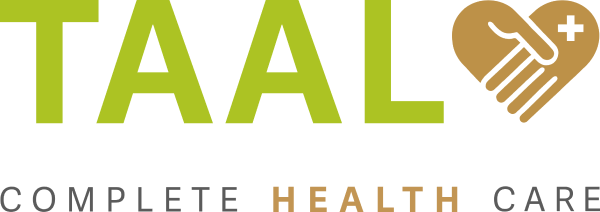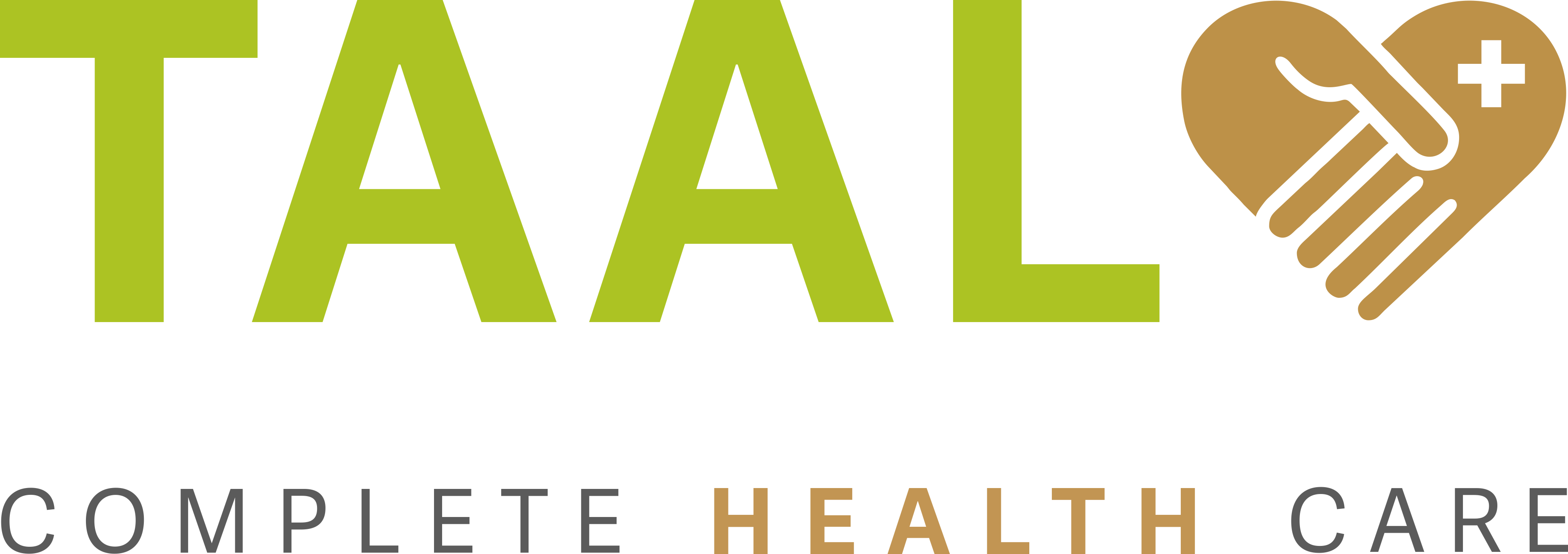The Consequences of U.S. Funding Cuts on HIV/AIDS Programs Worldwide
HIV/AIDS remains one of the most significant global health challenges. Over the years, the United States has been a crucial player in providing financial and technical support for HIV/AIDS prevention and treatment programs worldwide. However, recent reductions in U.S. foreign aid have had a profound impact on the fight against HIV/AIDS, jeopardizing years of progress. As we face an increasing number of challenges in the prevention and treatment of HIV, it’s essential to understand the far-reaching consequences of these funding cuts on global efforts to control the epidemic.
U.S. Aid Reductions and Their Impact on Global HIV/AIDS Prevention
The U.S. has been a leader in supporting HIV prevention programs across the globe, particularly in regions with high infection rates such as sub-Saharan Africa, Asia, and Latin America. Through initiatives like PEPFAR (President’s Emergency Plan for AIDS Relief), the U.S. has provided essential funding for HIV prevention programs, including awareness campaigns, education, and distribution of condoms. These programs are designed to promote safe practices and prevent the transmission of the virus, significantly reducing the incidence of new infections.
However, with recent U.S. aid reductions, many countries are facing serious challenges in maintaining and scaling these prevention initiatives. Fewer resources mean limited outreach, especially in marginalized communities where the risk of HIV transmission is highest. As HIV prevention programs scale back, the risk of new infections grows, undermining the progress made over the past few decades in preventing HIV transmission.
How U.S. Policy Changes Are Affecting HIV/AIDS Treatment Worldwide
In addition to its role in HIV prevention, the U.S. has been a vital source of funding for HIV/AIDS treatment through the provision of antiretroviral drugs (ARVs) and healthcare services. HIV treatment has been pivotal in reducing the mortality rate of those living with HIV/AIDS, and HIV/AIDS treatment and services have played a crucial role in improving the quality of life for millions of people worldwide.
HIV treatment in India, for example, has benefited significantly from U.S. aid. The reduction of funding for these programs means fewer people have access to life-saving medications and medical support. This is especially alarming in countries with already strained healthcare systems, where local governments and NGOs are struggling to bridge the funding gap. As HIV treatment costs continue to rise globally, the loss of U.S. support for HIV services will further limit access to essential care.
In addition to direct HIV treatment, HIV/AIDS services extend beyond medication, including mental health support, care for opportunistic infections, and nutritional counseling. These services are crucial in improving the overall health and well-being of those living with HIV/AIDS. Without continued U.S. financial support, many countries will be forced to scale back or even suspend these vital services.
Global HIV/AIDS Programs Face Uncertainty Due to U.S. Funding Cuts
The impact of aid reductions on global HIV/AIDS programs is undeniable. As the U.S. is one of the largest contributors to the fight against HIV/AIDS, these cuts create uncertainty for future programs aimed at controlling and ultimately ending the HIV/AIDS epidemic. Organizations around the world, from large multinational NGOs to local grassroots organizations, depend heavily on U.S. funding to sustain their efforts in HIV prevention and control. The HIV funding crisis is particularly problematic in countries that rely on external assistance to meet the demand for HIV/AIDS treatment and services.
In many low-income countries, HIV/AIDS funding impact is felt most acutely in rural areas, where healthcare infrastructure is limited, and the burden of HIV is often the heaviest. Programs that focus on HIV prevention, testing, and education are being scaled back or suspended entirely due to budget cuts. As a result, the progress made in reducing new infections and improving access to HIV treatment is at risk of being reversed.
For instance, HIV Aids Prevention and Treatment efforts that once reached millions may now fail to reach those in need. This includes the prevention of EVTHs (Early Vertical HIV Transmission to Children), which have been vital in reducing HIV transmission rates in infants. With cuts in funding, these life-saving interventions could become inaccessible, leading to more children being born with the virus.
The Path Forward: Addressing the HIV Funding Crisis
To mitigate the HIV funding crisis, it is essential for countries and international organizations to work together to bridge the funding gap. Increased domestic funding, public-private partnerships, and alternative financing mechanisms must be explored to ensure the continuation of essential programs that prevent HIV transmission and provide HIV treatment.
As we look forward to addressing the prevention and control of HIV AIDS, it’s crucial that global stakeholders recognize the importance of sustained financial commitments. The fight against HIV/AIDS requires long-term investments, and the loss of U.S. funding places the achievements of the last two decades in jeopardy. With the right support, it is still possible to keep the momentum going, but the clock is ticking.
At TAAL Healthcare, we are committed to providing HIV services and supporting the global effort in HIV/AIDS treatment and prevention. Whether through our clinics in India or international collaborations, we continue to prioritize HIV prevention and the health of those living with HIV.
Our HIV Aids Prevention and Treatment programs in India focus on HIV testing, early diagnosis, and latest HIV treatment options. Through our clinics, we ensure access to affordable HIV treatment, including antiretroviral therapy (ART) and essential HIV care. TAAL Healthcare is also dedicated to providing HIV/AIDS treatment in a stigma-free environment, ensuring that all individuals living with HIV receive the care they deserve without fear or discrimination.
In addition to treatment, we are actively working on HIV prevention initiatives, including awareness campaigns, community outreach, and preventive measures like pre-exposure prophylaxis (PrEP). We are also dedicated to HIV/AIDS services that address the broader needs of our patients, such as mental health support, nutritional counseling, and general well-being.
However, the fight against HIV/AIDS cannot be fought alone. The support of governments, donors, and communities worldwide is crucial to ensure that the fight against HIV/AIDS continues.
This blog article shares general information on various topics. It is not a substitute for professional advice and is intended for informational and educational purposes only.
Please use individual discretion and judgment when applying any suggestions from the blog.




